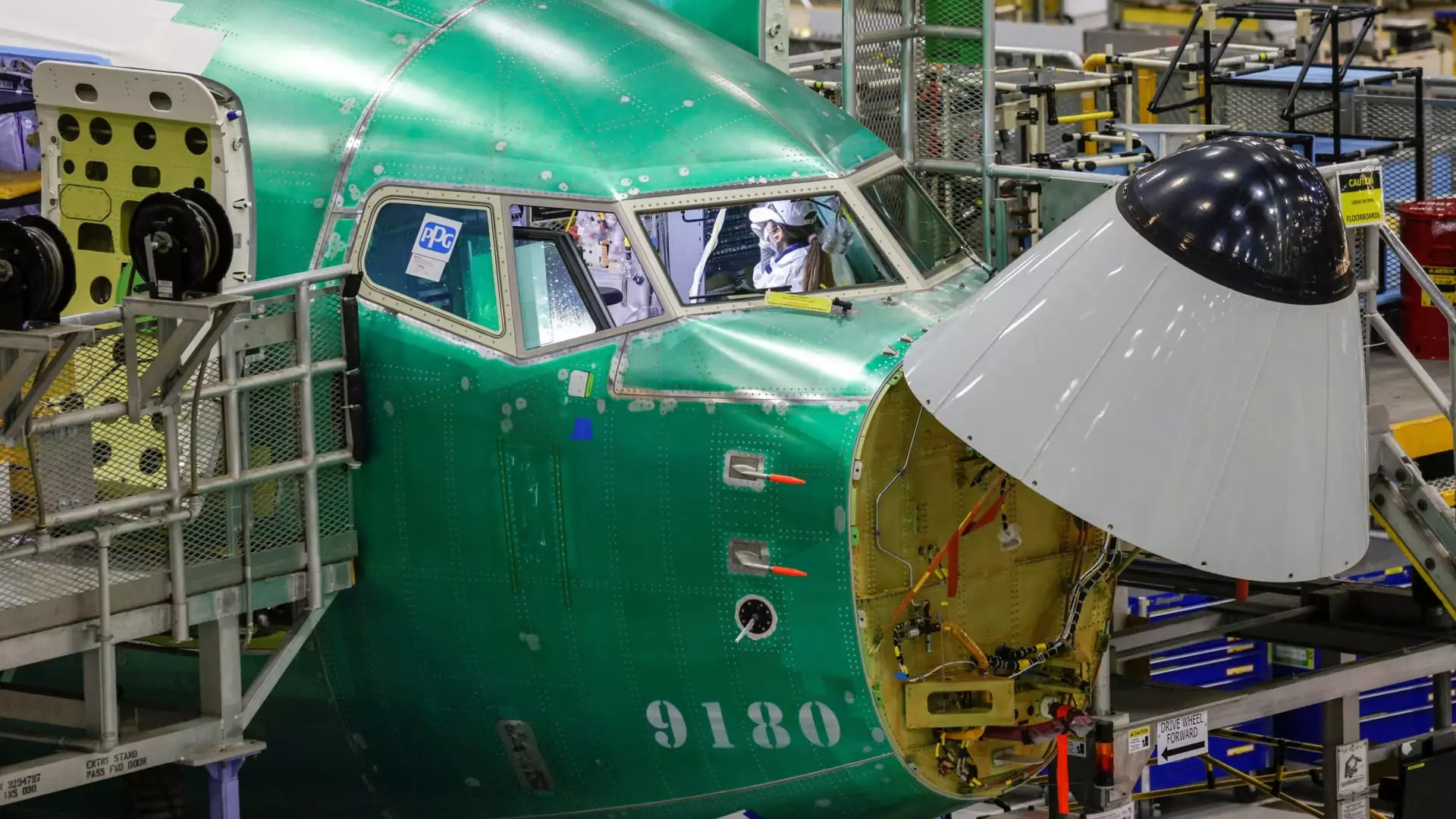The recent strike involving over 32,000 machinists at Boeing has underscored the complex dynamics of labor relations within one of the world’s largest aerospace manufacturers. After nearly eight weeks of halted production, the machinists have approved a contract that promises substantial wage increases alongside other benefits. This development, while joyous for many employees and unions, poses significant challenges as Boeing re-establishes its operations, which were critically impacted during the strike.
Boeing faced considerable difficulties during the strike, particularly in meeting delivery schedules. The company reported that they delivered only 14 jetliners in October, the lowest figure since November 2020. This stark drop in output reflects a broader struggle, as the company seeks to recover from stalled production lines which, due to the strike, may take weeks to normalize. Notably, nine of these deliveries were 737 Max aircraft, highlighting the ongoing significance of this model in Boeing’s lineup. The company’s reliance on unaffected employees to fulfill delivery processes indicates a desperate attempt to mitigate the consequences of the strike, albeit temporarily.
As Boeing gears up to resume full operations, the impact of the strike has pushed the manufacturer further behind its European competitor, Airbus, in terms of aircraft deliveries. As of now, Boeing has handed over 305 airplanes this year, falling short compared to Airbus’s impressive figure of 559 aircraft. This disparity not only affects Boeing’s market positioning but also raises questions about its ability to respond to customer demands in an increasingly competitive aerospace market.
The pathway back to regular operations is fraught with challenges. CEO Kelly Ortberg has noted that reviving production is significantly more complicated than halting it. The need for comprehensive assessments of workplace safety and the re-establishment of machinist roles highlights the intricate nature of resuming operations after a protracted strike. Machinists must be retrained, and their duties will require reassessment to ensure compliant and safe practices upon their return. Such measures are crucial to preventing missteps and ensuring the efficiency of Boeing’s operational revival.
Interestingly, despite the strike’s barriers, Boeing managed to secure a healthy number of gross orders in October, achieving a total of 63, only two shy of the previous month’s count. This resilient performance suggests a robust underlying demand for Boeing’s aircraft, especially with a significant portion involving purchases of the 737 Max 8. As Boeing resumes vital operations in its Washington and Oregon facilities, it needs to navigate these emerging opportunities while simultaneously overcoming the operational obstacles posed by the recent labor dispute.
The conclusion of the machinists’ strike marks a significant turning point for Boeing. However, as the company works to revive production and restore its competitive edge against Airbus, it must recognize the critical lessons learned during this disruption. Equally important will be Boeing’s ability to adapt to the shifting landscape while ensuring the safety and satisfaction of its workforce, thereby fostering a more resilient future.

